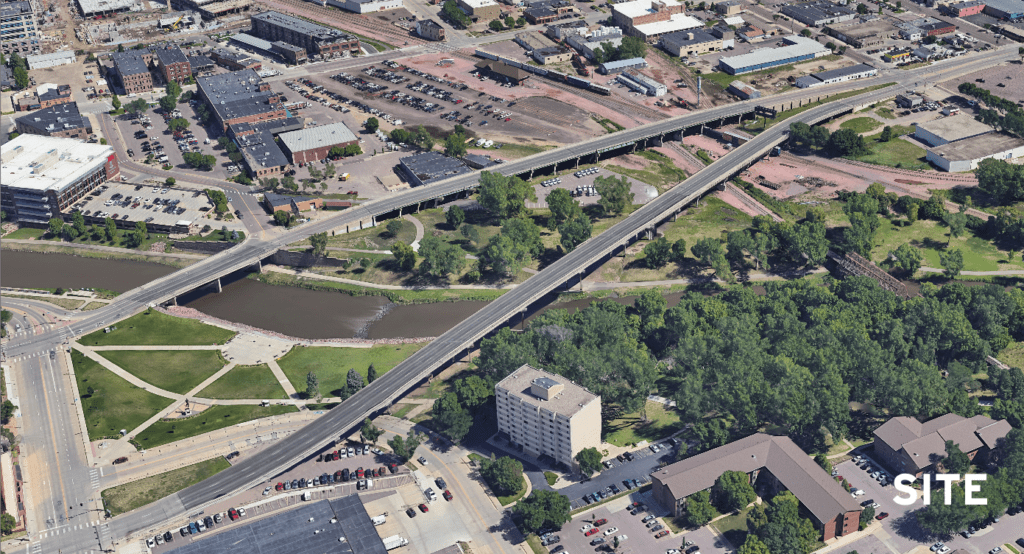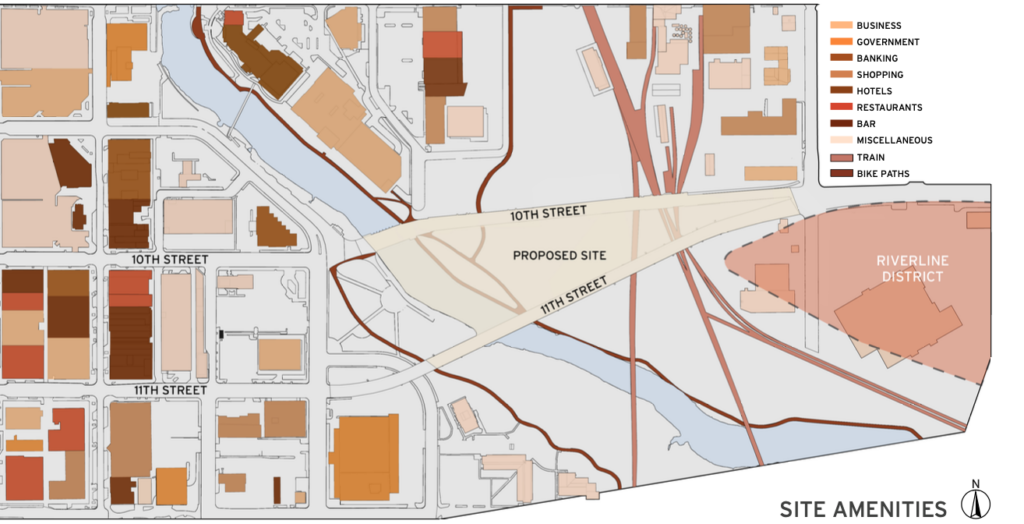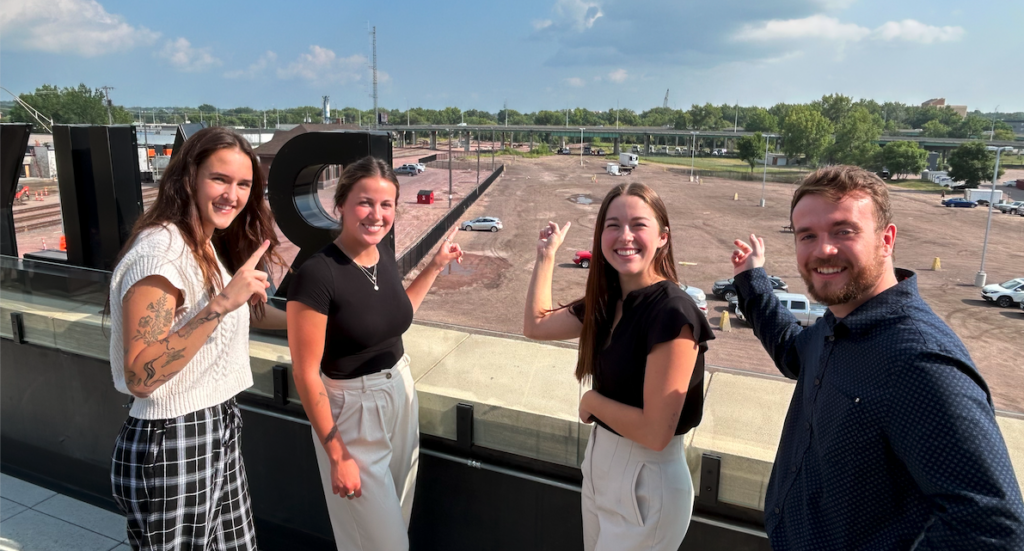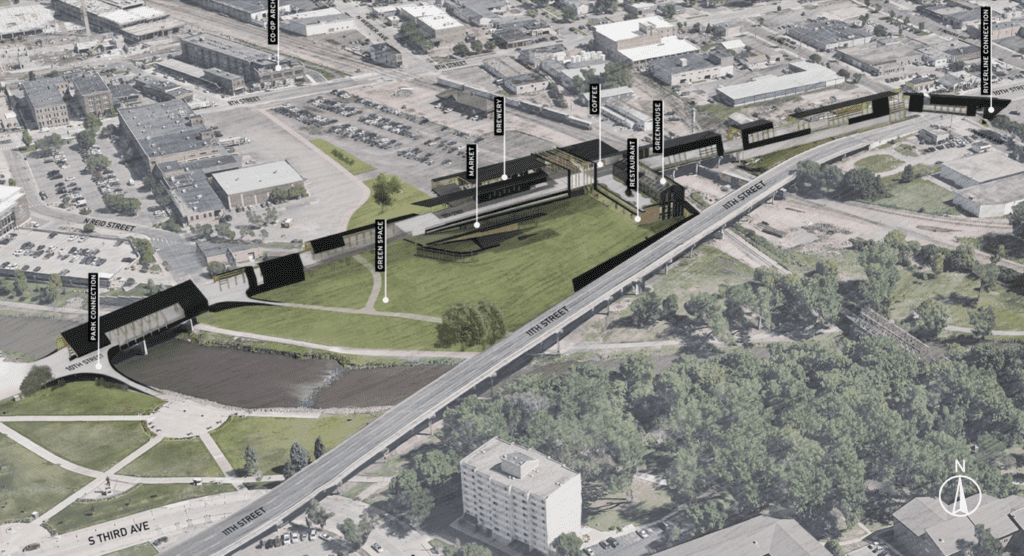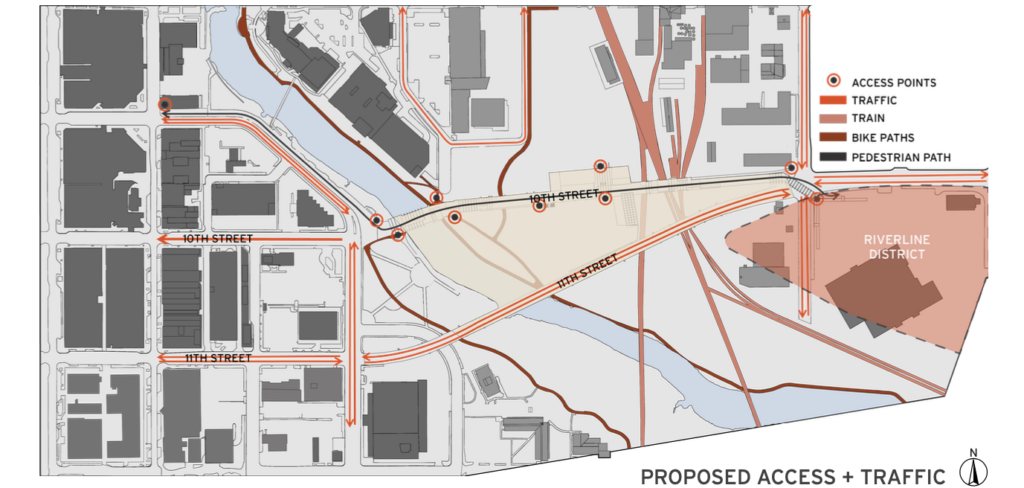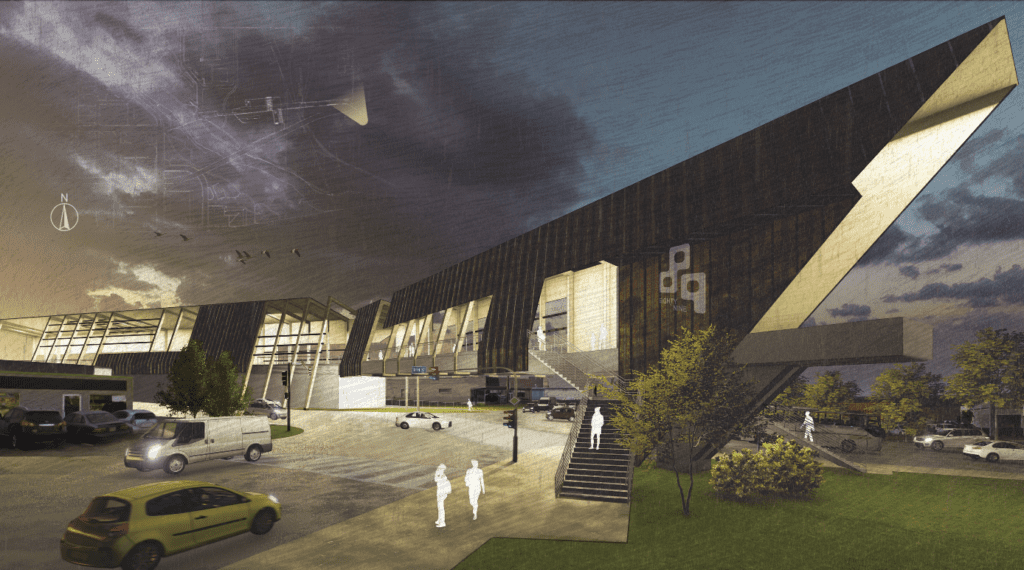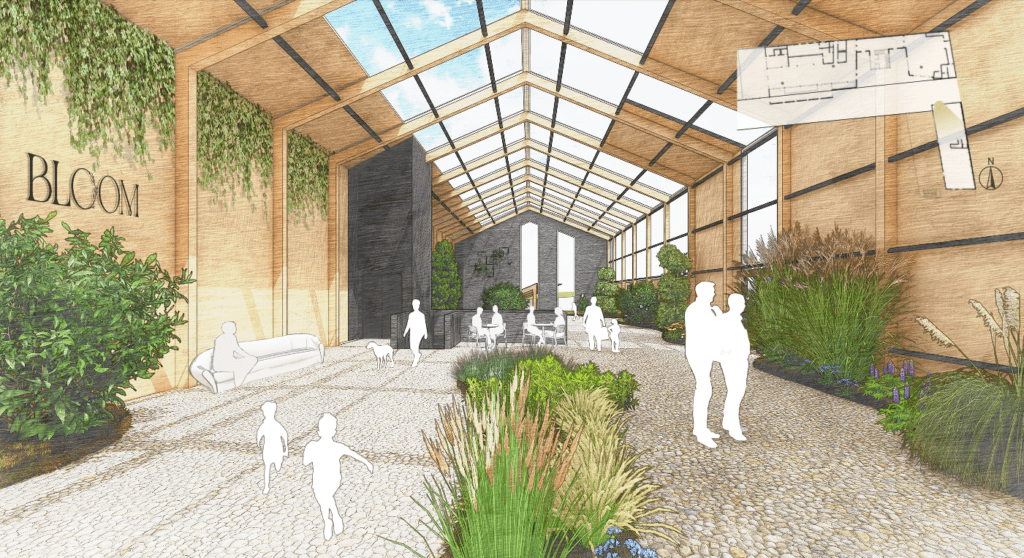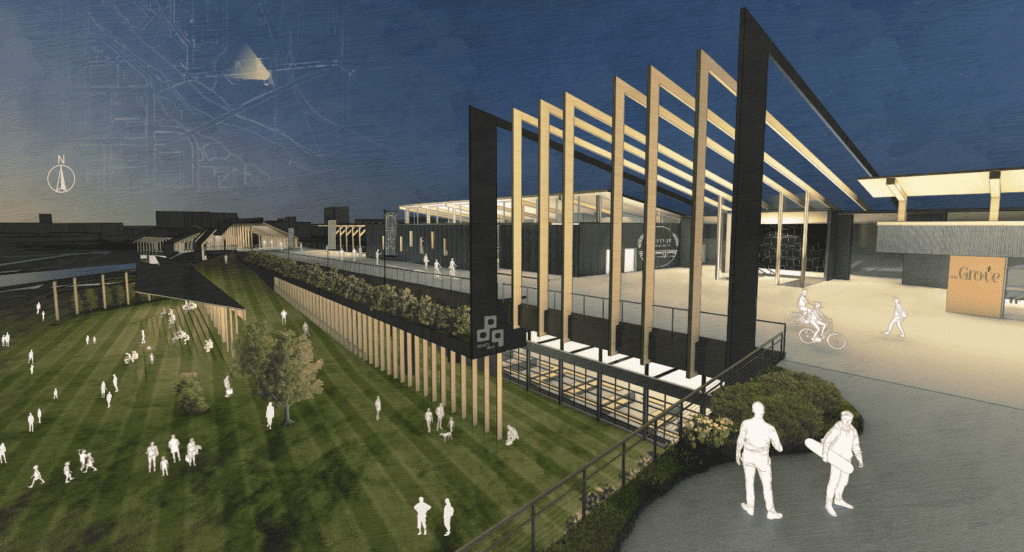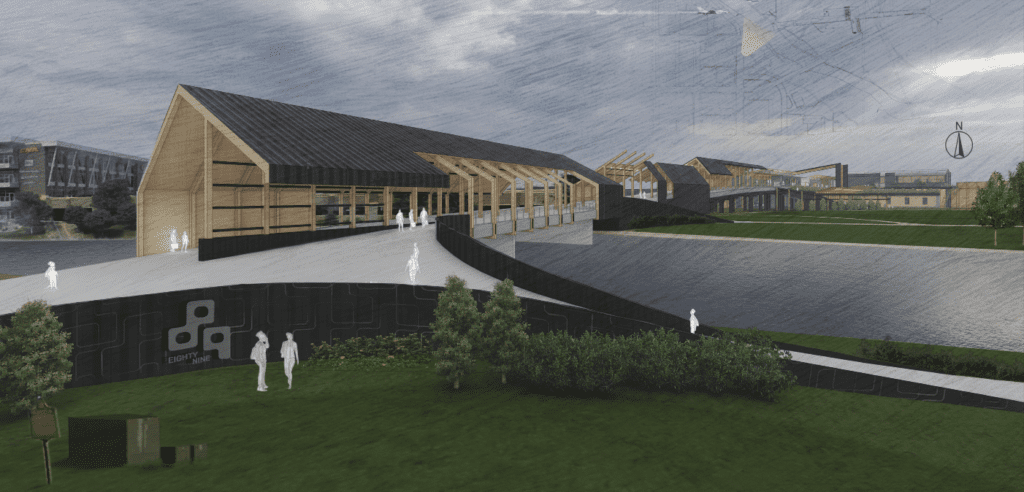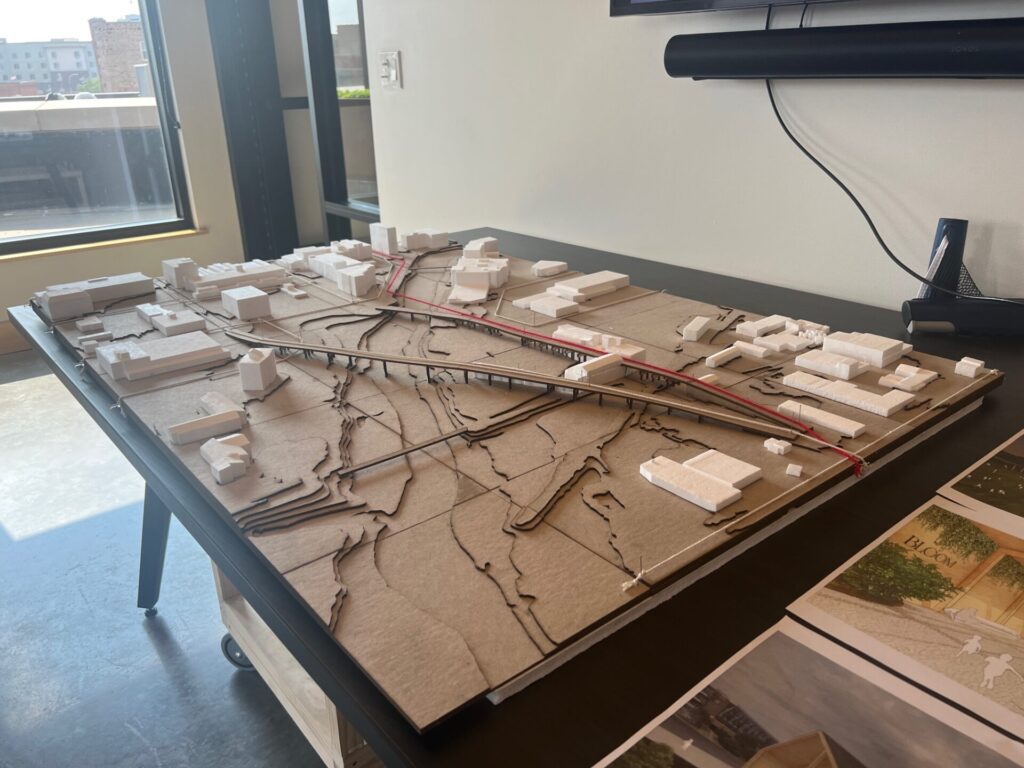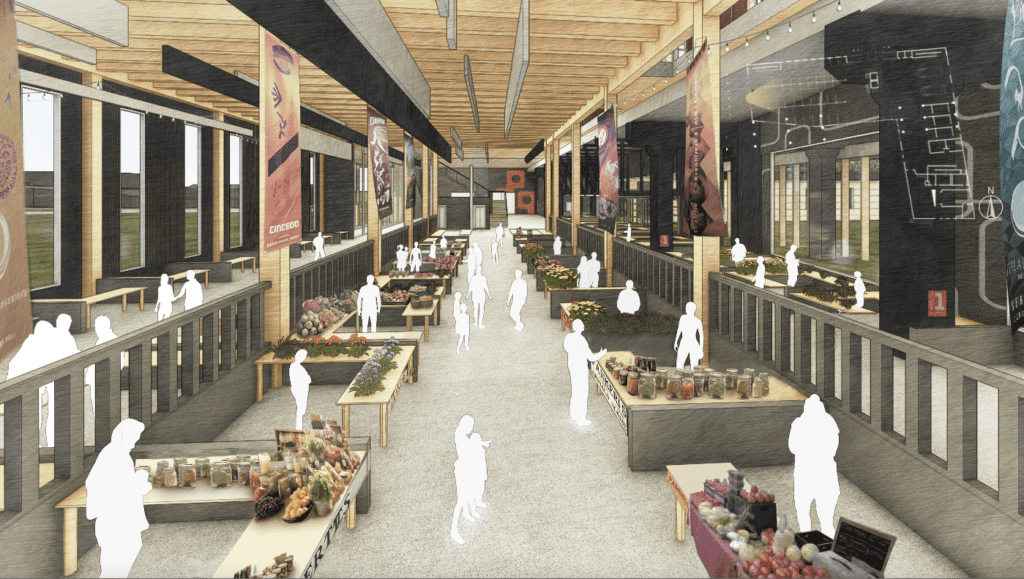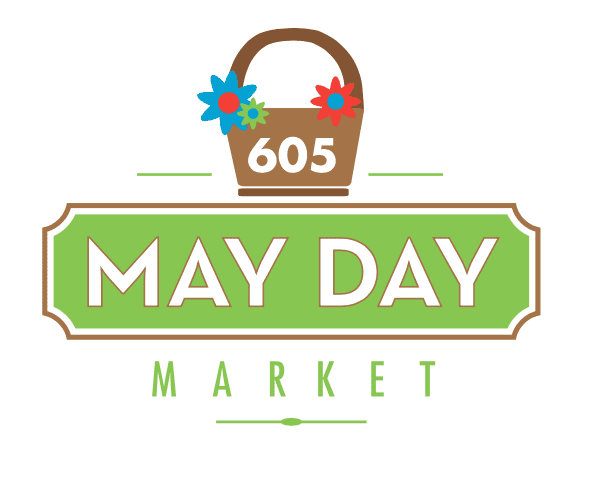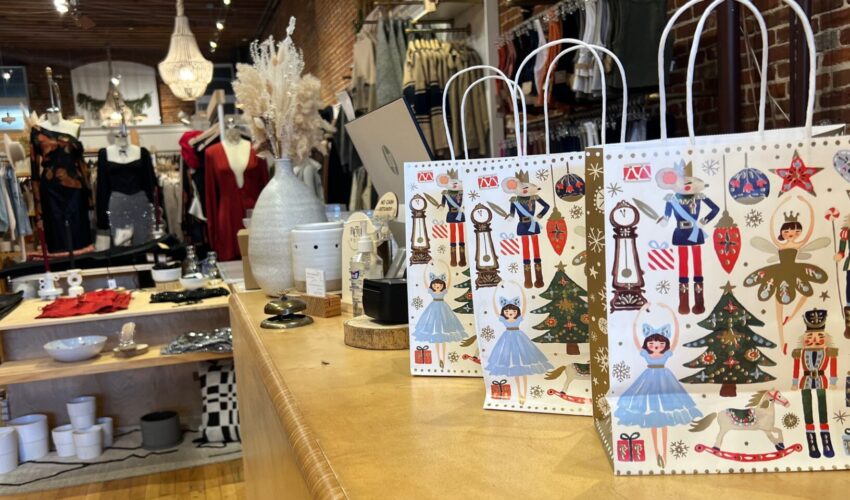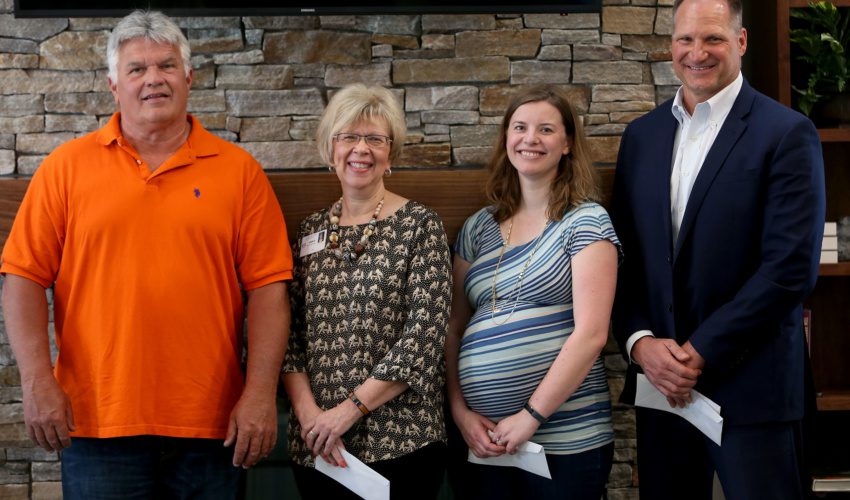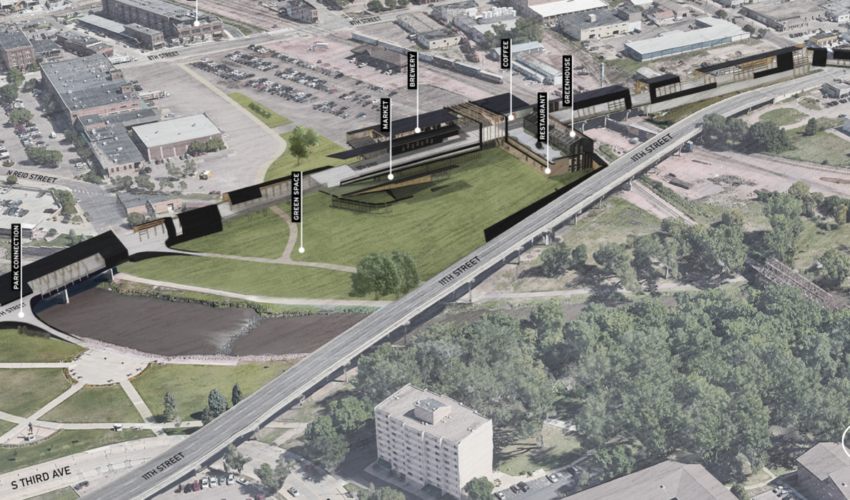Jodi’s Journal: Viaduct opportunity calls for strong vision
Aug. 13, 2023
We shouldn’t talk about downtown planning or development as a community without addressing the six-lane, aging elephant in the room.
And four college interns reminded me why this week.
I was invited to sit in on a presentation they made, following a summerlong project that the SDSU students did as part of their experience with Co-op Architecture.
Their task was to reimagine the 10th and 11th street viaducts, which run three lanes in each direction and create massive one-way streets through our downtown and into the Pettigrew Heights neighborhood.
It’s more than just a hypothetical exercise, though. The viaducts are scheduled to be transitioned from the state to the city, and as part of that, there’s going to be an opportunity to redesign or replace them in the next six or seven years.
This could take many forms and is in its earliest stages of discussion, making it an important conversation for us to begin having as a community — beginning with visions like this one.
The Co-op Architecture interns began the summer “looking at what was currently going on downtown, what Sioux Falls had, what was on the horizon,” said Spencer Sommers, the associate principal architect who helped advise the students.
That led them to look at both the proposed Riverline District east of downtown and the more active areas to the west such as Cherapa Place and The Steel District.
“Both of those are really exciting, but they started to create kind of this void in the middle,” Sommers said. “So we started to take a deeper look at what is going on in the space in between those two areas.”
The students — Shea Bailey, Kelsey Gustaf, Cheyenne Miller and James Van Westen — then set about trying to reimagine the viaduct system to create more connectivity for pedestrians.
It’s a worthy endeavor. One of the major roadblocks — literally — with the proposed Riverline District, in my opinion, is its connectivity to downtown. You can see downtown from there, but other than with a car, you can’t easily get to it. It doesn’t feel integrated into the rest of downtown because the viaducts serve as such a barrier.
“These two viaducts are very good at bringing cars in and out of the downtown area, but they constrict and sever our site from the amenities surrounding it,” Miller said in her presentation.
The students envisioned turning 11th Street into a two-way, four-lane road and converting the 10th Street viaduct into a pedestrian connection.
Take a look at how they imagined this could redevelop.
Within the walkway itself and adjacent to it, the students proposed uses such as a restaurant, brewery, market and greenhouse.
They also identified the green space between the two existing viaducts as an important development opportunity for the city to continue to create connectivity downtown.
“We believe this site is instrumental and has big opportunities,” Bailey said. “We’re excited for the conversations this starts in the community.”
And it should start a conversation. It’s a conversation we need to have in the context of all the other plans and improvements occurring downtown.
Of course, I know the engineers and others among us probably have many thoughts on how a road network needs to function in this area, and rightly so, but the students illuminated other points that bear consideration.
“Downtown is not about moving traffic,” Co-op principal Tom Hurlbert said. “Downtown is not about trying to get traffic to move from one side of the other as fast as possible.”
I compare it to what I’ve long believed about parking downtown, which is that people are more inclined to accept parking and walking to their destination if there is an appealing streetscape along the way.
The same can be said about this area involving the viaducts. People will be willing to accept waiting through one more traffic light or taking two minutes longer to drive through downtown if they’re looking at appealing development all around them. That’s possible with something like this vision, especially if the adjacent green space were further enhanced with art, water features, pop-up installations, etc.
As a bonus, we’d likely see improvements to the Pettigrew Heights neighborhood, Hurlbert reminded me, if it no longer had three lanes of traffic cutting through it within a block of each other.
As an aside, these “real world” exercises are so valuable, and the Co-op program, which has been involved with this for several years, is a great model. The firm even partnered with marketing firm Fresh Produce, which does something similar with its interns, to help with branding for this project.
Let’s also not miss the unspoken message behind what the students created. They represent our workforce of the future, and this is what they’re telling us they want to see in our community.
It’s up to us to take the once-in-a-generation opportunity that reimagining these viaducts presents and create something that continues to help make Sioux Falls the place they want to stay and put talent like this to work.

